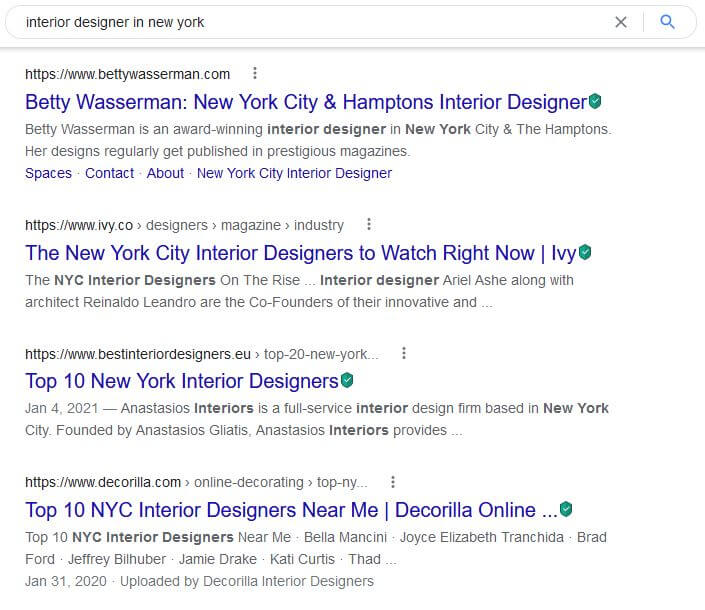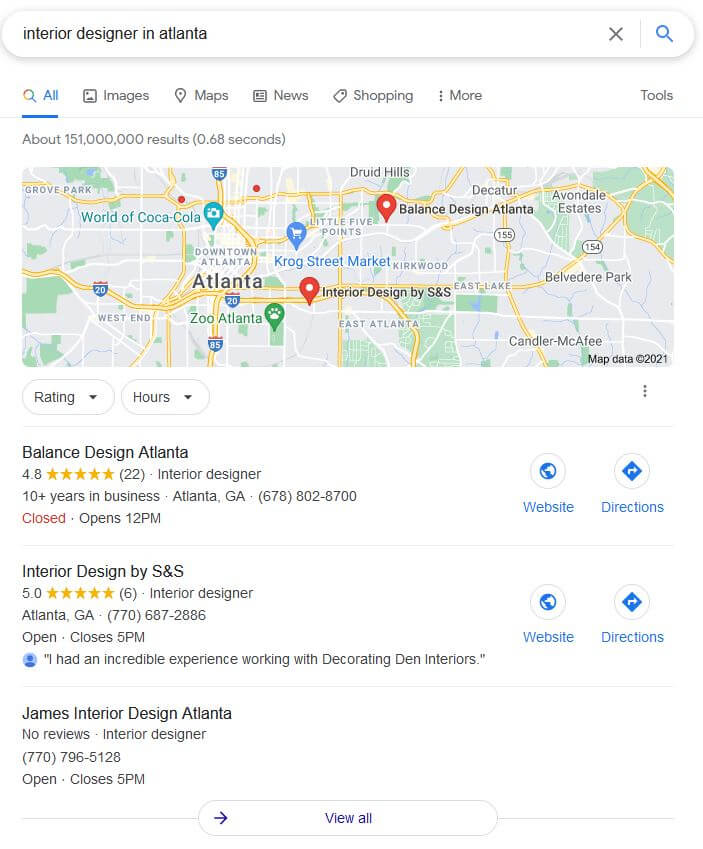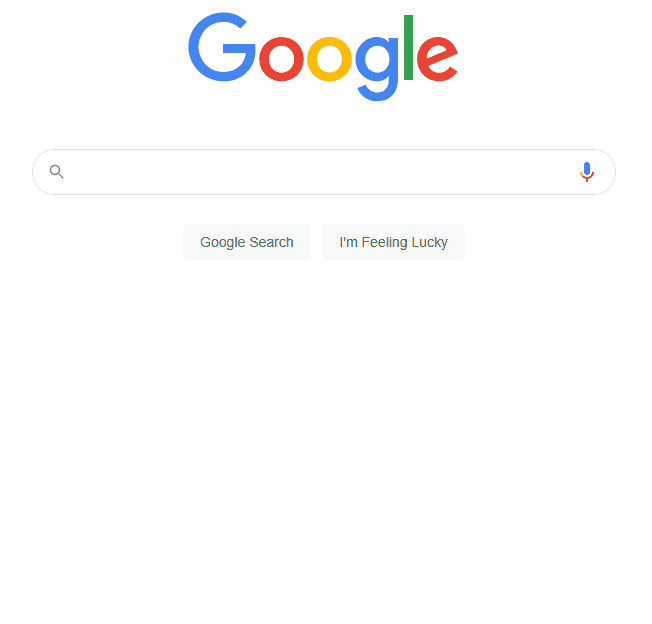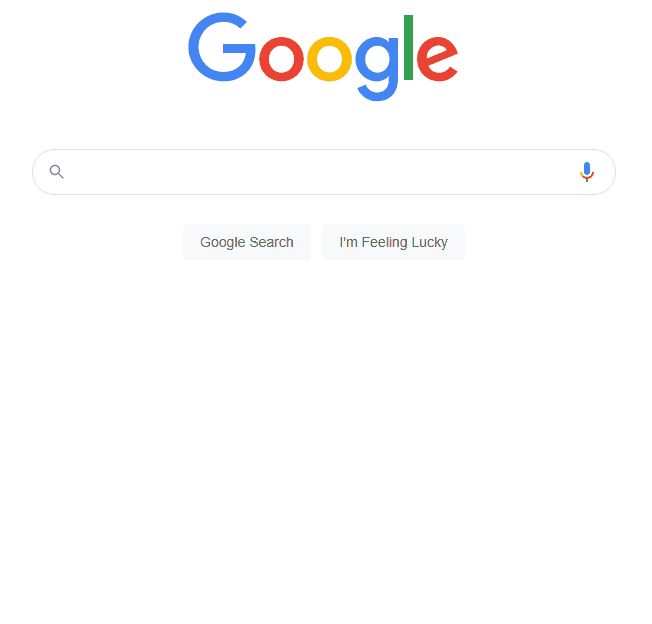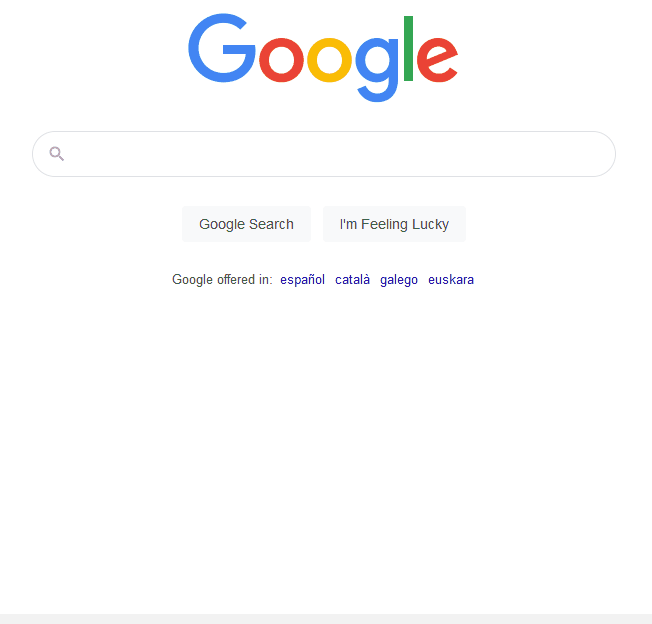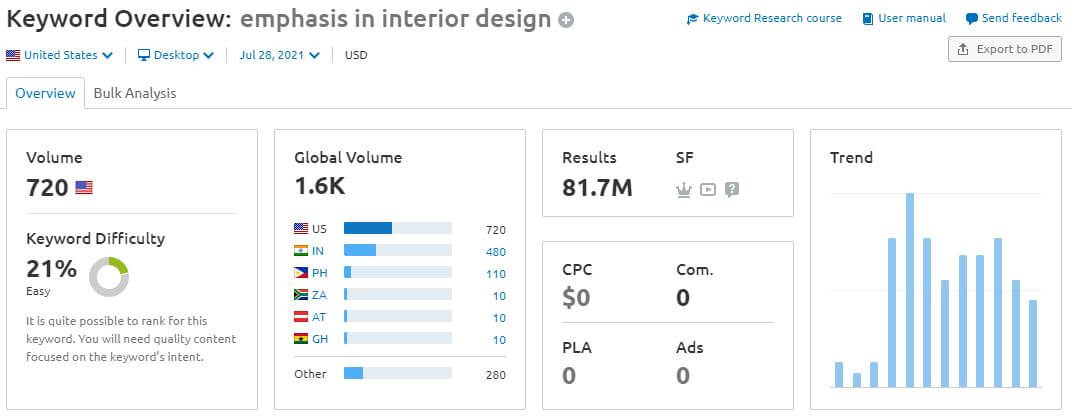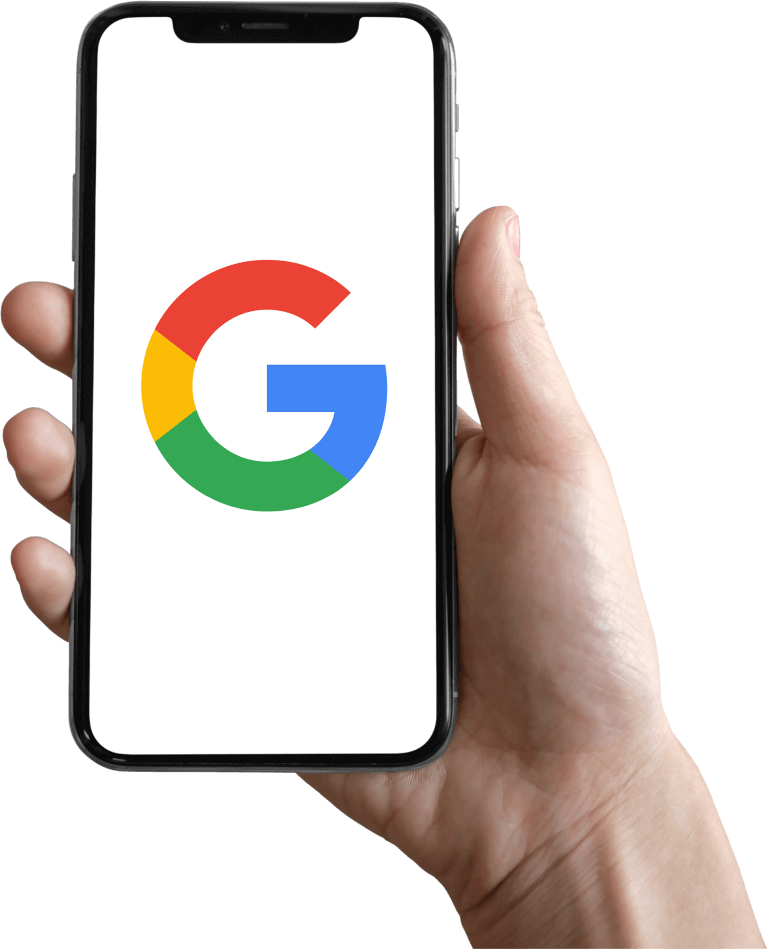If you’re an interior designer, SEO might not be your first priority in terms of marketing strategies. That’s understandable – after all, SEO takes a lot of time and effort to see results. However, SEO is still incredibly important for any business that wants to succeed online. In this blog post, I’ll cover 6 easy steps (with detailed DIY guides) on how to do SEO for interior designers. By the end of this article, you should have a good idea of whether or not SEO is something worth investing your time into as an interior designer.
Before we start: An Easy SEO glossary
Sometimes you might get scared or even confused with some terms.
That’s why I always like to start any SEO tutorial by giving a short definition of SEO and its more important words.
If you’re willing to do SEO it is crucial that you understand SEO terminology to be successful.
Let’s keep defining some of these weird words and let’s make that fear and confusion go away!
SEO
SEO stands for search engine optimization and refers to the process of optimizing a website for search engines (mostly Google).
SERPs
SERPs stand for Search Engine Results Pages.
I’m sure you’ve seen thousands of SERPs in your life, but let me show you an example.
See? Super easy. Let’s move on!
Keywords
When we use the word “keywords” on SEO, we refer to the words that people are typing into Google when they are searching.
For example, someone looking for interior design services in new york would type “interior design services in new york”.
There are a couple of different types of keywords. Let’s talk about them.
Keyword variations: These are the different variations of a keyword. For example “interior design services in new york” or “interior design new york” or “NYC interior design”. As you can see, those keywords have the same search intent.
Secondary keywords: These are keywords that are related to your topic. For example, if you’ve got a blog post and your main keyword is “interior design”, some of those secondary keywords could be: “bathroom design ideas”, “ideas for living room decor” or “kitchen design”.
Long-tail keywords: This is when you put extra words before/after your main keyword, to make it more specific. This will be your best friend because long-tail keywords are easier to rank for!
For example “interior design” is a very broad keyword but when we say “modern interior design” it becomes much easier to rank for.
Headings
Headings are one of the most important SEO elements for a blog post.
Headings are the title of your article, and they should be very specific to what you’re writing about. Headings help Google to understand how your content is organized.
For example: “SEO for Interior Designers | DIY Guide” or “How To Pick The Best Colors For Your Home”.
The “nerd” way of seeing headings is actually very simple. There’s a hierarchy that goes from H1 to H6.
That means that your most important title will be your H1. You can only use it once! Multiple H1s can lead Google to confusion, and you don’t want that!
H2s are used to outline the most important content on the page.
H3s should be used under H2s and so on. Here’s a super simple (and dumb) example of a perfect outline:
- H1 – How to pour a glass of water
- H2 – Grab a glass
- H3 – Types of glasses
- H4 – Plastic
- H4 – Glass
- H3 – Types of glasses
- H2 – Choose your water source
- H3 – Tap water
- H3 – Mineral water
- H2 – Fill your glass
- H3 – Tap water users: Turn the faucet on
- H3 – Mineral water users: Open the bottle
- H2 – Conclusion
- H2 – Grab a glass
Backlinks
When we use the word “backlink” on SEO, we refer to the links that go from a website to another.
Let’s imagine that you have a blog post that talks about sustainable interior design.
And now let’s say that the New York Times has an article about the same. And finally, imagine that the New York Times loved your post about sustainable interior design and they even shared some golden nuggets that they found on your blog post.
When the New York Times mentions you in their article, they’ll surely include a direct link to the blog post you wrote. That, my friend, is a backlink.
The more — quality — backlinks you have, the higher your SEO ranking will be (usually).
Google Map Pack
The Google Map pack is a separate SEO factor. It is when Google displays your address and location on SERPs.
For example, let’s say that someone wants some interior design services in new york city, but they’re not sure where it would be the best for them to go.
When they type “interior design NYC” into google they”ll see all of the companies in a map pack — plus reviews — so now they know exactly where to go. Pretty neat huh?
See an example on the image below:
Google My Business Listing
The Google My Business listing is your business’s info profile on Google. It includes the location of your business, hours, and reviews as well as a link to any website you might have for your company. This is important because this will show up on the map pack when people are searching!
Here’s an example of how those listings look like:
Now that you know the most important definitions, let’s start!
Step One: Set the right goals
The internet is a tricky place. You need traffic, but it’s not enough to just have traffic – you also need conversions!
If your website doesn’t provide value or isn’t easy for people to use then they’ll stop coming back and that will negatively impact your ranking.
As a business owner, you’ve got goals. And your website should be working toward them!
Think about where you are at now and how much more growth you want each month; do this based on whatever action would further your company’s objectives most effectively (e.g., increases in revenue, closing bigger clients).
Do some research on SEO for interior designers. This will help you understand how the SEO for interior designers’ landscape looks like in your niche so that you can set realistic goals.
Step two: Keyword research
SEO keywords for interior designers
Searching for SEO keywords for interior designers can be tricky. But let’s see an easy (and free) way of doing this!
One super easy thing that you can do is to let Google show you what people are searching for. Let me show you how!
- Open your browser
- Sign out of your Gmail account (Important)
- Type “interior design” and add a space
- See the keywords that Google auto-completes
That is Google showing you what people usually search for. Make sure you take note!
Using a broad term such as “interior design” is not the best idea. So let’s keep digging.
At the end of our query, we’ll add one more letter in alphabetical order.
That way, we’ll see a ton of suggestions that Google will make you based on what people are looking for!
Pure gold! We can get the best SEO keywords for interior designers using this strategy!
Just like this:
That is interesting, when I typed “interior design ideas d” one of the suggestions of Google was “Interior design dining room”.
That basically means that people are searching for “Interior design dining room.”
Now, you can get as creative as you want with this strategy, it can’t go wrong!
Let’s try with questions now. One thing I love when I do my own keyword research is to find “How to” ideas.
Basically, you want to type “How to” followed by verbs that come from the interior design industry. For example, “decorate” or “design” or “choose color.”
Take a look below:
And finally, let’s see what Google does to give us a surprise! The idea here is to type random characters before or after our keyword. Let’s do that with “Interior Design”.
You can type things like “Am Interior Design”, “El interior design”. There’s no right or wrong here!
Super important: Google tracks your mouse clicks, so make sure you are clicking at the end of your unfinished random word to let Google know that we want ideas coming from there!
Pretty impressive! Isn’t it?
I liked the keyword that said “Emphasis in interior design”. So that’s a keeper!
Now, I don’t know about you, but my memory is not something I can rely on. If you’re like me, then you’ll want to take notes!
I made a keyword research template for you, and I highly encourage you to make a copy of it and follow along with the rest of this blog post. It’s going to make you the boss of SEO keywords for interior designers!
Get your free Interior Design Keyword Research spreadsheet here.
For now, all you need to do is to type your keywords under the “keywords” column.
Step three: Organize your keywords
You’ve been doing your homework for your SEO keywords for interior designers. Hurray!
Now it’s time to organize your keywords.
Let’s keep moving!
Important: By this point, you should have a lot of SEO keywords for interior designers already. If you don’t then I recommend that you go back to step two to keep exploring more keywords.
In this case, as an example, we’ll start by brainstorming about how to pick room colors.
The keyword that we will be using for this example is “how to pick room colors”.
We’ll need some extra data from this keyword, let’s do that right now!
Time management is absolutely everything for you as an interior designer! So, when doing SEO for interior designers you need to have a clear strategy and optimize your time.
We want to create content for “easy-to-rank” keywords that have a lot of search traffic.
Now, how can you know if a certain keyword is easy or hard? Well, there are tools for that.
Some of them are free, and some of them are not.
For the sake of this tutorial, we’ll use a free tool called Free Keyword Generator → by the company ahrefs.
We’ll type our keyword in the search box and we’ll click on “Find keywords”.
Just like the image below:
After waiting for a couple of seconds you should get something like this:
Easy, right? That means that the KD (Keyword Difficulty) is 42 and the search volume (per month) is 100.
Now write that data into the spreadsheet and move onto your next keyword!
Let’s do it one more time with “Emphasis in interior design” now.
The result of this is actually mind-blowing! Take a look:
So basically this keyword is SUPER easy and it has a high search volume. Bingo!
Keep in mind that these numbers may vary depending on the tool you are using. One of my favorite paid tools that I use is called SEM Rush. And this is the data I get from it for “emphasis in interior design”.
That is actually a huge difference!
720 searches per month and a 21% KD! That’s amazing! I actually trust the data from SEM Rush more than the one from ahrefs. But hey, you got pretty far already and you haven’t spent a dime!
These tools will always say the truth when it comes to keyword difficulty. As you can see both ahrefs and SEM Rush say that “emphasis in interior design” is actually an easy keyword. That’s what matters the most for now!
Step four: Plan your content
So you’ve spent some time doing keyword research and organizing your keywords. Now it’s time to plan your content!
I highly recommend that you think of this as an Interior Design Blog rather than just selling your services. Remember that you want to provide as much value as you can to your visitors! You want to create an emotional connection with them!
The first thing you want to do is to choose the easiest keyword.
To do this open the spreadsheet, click the three lines next to “Keyword Difficulty” and finally select sort A -> Z.
The next thing you want to do in order to plan the best content for your interior design blog is to use your common sense and pick a keyword that works for you. I recommend picking keywords with a KD below 40.
Once you’ve got that, go into Google and search for your chosen keywords. It’s time to take a look at your competitors!
The idea here is that you read what your competitors wrote about in the past and make something even better than them!
Make sure that you are smarter and put a better spin on the keyword.
Also, try to put yourself in the reader’s shoes. Is the article nice to read? Are there pictures that show how the process goes? Are they using an exciting tone or is it boring?
Take notes of that and write an outline for your article!
Check the perfect outline example under the SEO glossary to make sure you’re creating a proper outline.
Step five: Write your content
Now it’s time to start writing the article that you’ll use in your Interior Design Blog.
I love to do this on Google Docs. It’s easy to use and it gives me everything I will ever need. This article that you’re reading now was written in Google Docs!
If you’re scared of starting out with a blank template, don’t panic! I created a template for that too.
The idea behind this is that you work as fast as you can.
So grab the outline that you made in the previous step and replace the titles.
Pro tip: I already set up the heading tags in the Google Docs template. That means that when you copy your article from Google Docs and paste it into WordPress or your platform of choice, you won’t have to set them up.
Get your free Interior Design Blog Content Writing Template here
Step six: Publish your article in your Interior Design Blog!
It’s been a long journey! But now you are ready to go into WordPress or your platform of choice and hit that publish button.
If you use the Interior Design Blog Content Writing Template everything should be fine. But double-check if there are any mistakes on your titles and make sure your images are not broken.
The last thing you want to make sure of is your URL. Google will rank your article based on your URL too.
So make sure that you include your chosen keyword there.
Example: If you chose “emphasis in interior design” then the article URL should be “yourcompany.com/emphasis-in-interior-design”.
That way you’re doing one more thing to let Google know what your article is about.
Bonus step: Do it again!
You thought you were finished? Awww, that’s cute!
The party just started! You’ll need to keep writing quality articles that people will love. If people love you, Google does too
This is a long-term game, so don’t get discouraged if you don’t see any results.
In fact, that is actually what you would expect at the beginning!
If you are still unsure whether SEO for interior designers is for you or not, send me a message! I’d love to help you. You can write me an email at [email protected]
Also, I do free website audits. If you are serious about jumping into the SEO for interior designers world you should request your audit now. I will show you what keywords your website is already ranking for and I’ll give you a basic strategy to get better rankings! As a result, you’ll know what it takes to outrank your competitors and gain more traffic. It’s free. You’ve got nothing to lose.
Request your free website and SEO for interior designers audit now
Thank you for reading through, I wish you all the best with your Interior Design Blog!
